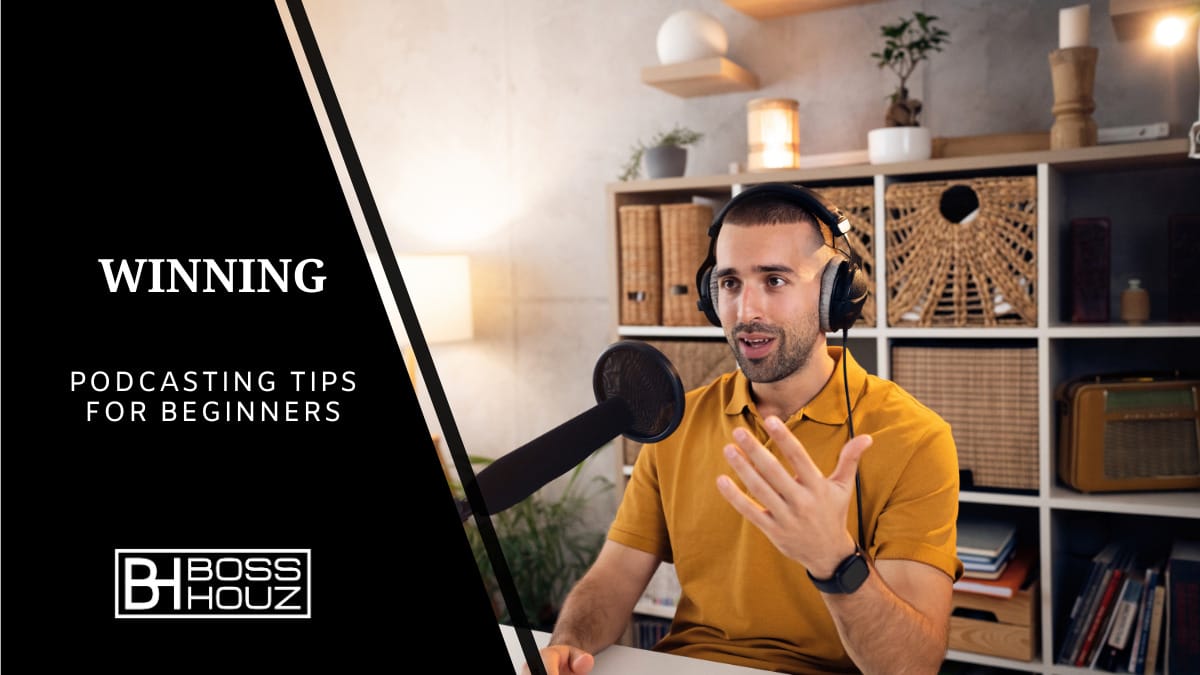Podcasting has exploded in popularity over the past few years. With more and more people listening to podcasts, it’s an exciting time to start your own podcast. However, getting started with podcasting can be overwhelming for beginners. In this comprehensive guide, we’ll walk you through everything you need to know to launch your first podcast.
Table of Contents
Choosing a Podcast Topic
The first step is deciding on a topic for your podcast. Choose a topic that you’re passionate about and would enjoy talking about for hours. Think about your interests, hobbies, areas of expertise or anything you geek out about.
Here are some tips for choosing a good podcast topic:
- Pick a niche topic – Avoid broad topics that have too much competition. Niche down to focus on a specific angle that makes your show unique.
- Know your target audience – Who do you want to listen to your show? Define your ideal listener and cater the show to them.
- Do your research – Search iTunes and other directories to see if there are shows already in your niche. See what’s missing that your show could provide.
- Consider your expertise/experience – Leverage your background and what you can bring to the topic to stand out.
- Choose evergreen vs news topics – News changes quickly while evergreen topics will always be relevant. Pick what fits your goals.
- Follow your passion – You’ll sustain interest longer if you absolutely love the topic.
Once you’ve settled on a podcast topic, it’s time to flesh out the details of your show concept.
Defining Your Podcast Concept
Now that you’ve picked a broad topic, it’s time to drill down to the specifics of your show format and structure.
Format
Will your show be:
- Solo host or co-hosts?
- Scripted or unscripted conversational style?
- Single topic per episode or varied topics?
- Interview-based, tutorial-style, narrative storytelling?
Length & Frequency
How long will your episodes be? Typical lengths range from 20 minutes to an hour. Also decide how often you will release new episodes – such as weekly, biweekly or monthly. Maintain a consistent schedule.
Segment Ideas
Brainstorm regular segments you could include in each episode:
- Q&A
- Guest interviews
- listeners call-ins
- Advice column
- Top 10 lists
- Reviews
- News updates
- Educational tutorials
Title & Description
Come up with a compelling title and description that summarizes the show format and niche. This will be used on directories like iTunes to reach your target audience.
Planning Your Podcast Episodes
Before launching, you should plan out episodes in advance to maintain consistency. Here are some tips:
- Create an editorial calendar – Map out episodes for the next 3-6 months listing topics, guests, and segment ideas.
- Write outlines – For each episode, write a loose outline of the main discussion points and questions to cover.
- Prepare questions and research – Do any prep work needed to create a solid episode.
- Line up guests – Reach out to potential guests to schedule interviews and appearances.
- Gather supplies – Collect any supplies, links, audio clips, or resources needed for each episode.
Thorough planning will make recording and editing go much more smoothly.
Podcast Equipment Needed
You don’t need fancy expensive equipment to start a podcast. Here is the basic equipment you’ll need:
Microphones
A good microphone is the most vital equipment for quality audio. Options include:
- USB mic – Easy plug and play into computer. Quality USB mics like Blue Yeti or Audio-Technica AT2020USB+ are under $150.
- XLR mic – Requires an audio interface and mic stand. Produces the highest sound quality for a pro podcast setup. Popular XLR mics are the Shure SM7B or Electrovoice RE20.
- Headset mic – Very convenient handsfree option though audio quality is not as good.
- Omnidirectional mic – Picks up sound from all directions, ideal for multi-person shows. Examples are the Blue Yeti or Audio-Technica AT2035.
- Lavalier mic – Clip-on mic worn on clothing, great for on-the-go recordings.
Audio Interface
If you use an XLR microphone, you’ll need an audio interface to convert the analog signal to digital. Recommendations include the Focusrite Scarlett 2i2 or PreSonus Audiobox iTwo Studio.
Headphones
Invest in a good pair of over-ear, closed back headphones. Audio-Technica ATH-M50x headphones are popular with podcasters.
Mic Pop Filter
A pop filter fits over the microphone to reduce plosive “pop” sounds from your voice.
Mic Stand
A sturdy stand is needed to position your XLR mic. The Rode PSA1 Swivel Mount is an excellent choice.
Recording Software
You’ll need software to record the podcast. Top choices include:
- Adobe Audition – robust professional software with editing tools
- Audacity – 100% free open source recording software
- Garageband – Free Mac-only DAW great for beginners
Many other options like Hindenburg Journalist Pro, Reaper or Pro Tools. Use what fits your budget and skills.
How to Record a Podcast Episode
Once your equipment and planning are in order, it’s time to start recording episodes! Follow these best practices:
Recording Environment
Record in a quiet, acoustically treated room to minimize echo and background noise. Foam panels help absorb sound reflections.
Microphone Technique
- Position the mic about 3-5 inches away from your mouth pointed at your chest.
- Use a pop filter between you and the mic.
- Avoid breathing directly into the mic.
Audio Levels
Make sure audio levels peak around -12 to -6 dB, peaking no higher than -3 dB. This prevents distortion.
Recording Etiquette
- Minimize paper rustling, chair creaks or other noises.
- Avoid tapping or touching the mic.
- Stay a consistent distance from the mic.
Record Introductions & Outros
Record an introduction and conclusion that can be added to each episode to promote the show and your other channels.
Editing
Edit each episode to tighten content, remove unwanted sounds and add intro/outro.
Follow this process to produce the best possible audio quality for your podcast!
How to Edit a Podcast Episode
After recording episodes, editing is essential to polishing and enhancing the final product. Here are key editing tips:
Use Dedicated Editing Software
Specialized audio editing software like Audacity, Adobe Audition or GarageBand have essential tools for podcast editing:
- Cutting, copying and pasting audio clips
- Removing unwanted sounds
- Adjusting levels
- Adding effects like compression
Noise Removal
Use the noise removal function to strip out consistent background noise like HVAC systems or street traffic. This leaves your voice crisp and clear.
Reduce Ums & Ahs
Edit out filler sounds like “um”, “uh”, “like”, “you know” to tighten up speech. But don’t overdo it to the point of sounding unnatural.
Compression
Use compression to even out fluctuations in volume and make the audio consistently loud. This increases listenability.
Normalize Audio
Normalizing adjusts volume so the highest peak hits a target level. This results in uniform volume across episodes.
Add Intro/Outro Music
Brand your podcast with consistent intro and outro music in each episode. Make sure to only use royalty-free or licensed music.
Insert Advertisements
If monetizing your podcast with ads, insert advertisements in appropriate places ensuring they meet length and frequency guidelines.
Save your edited podcast episode as an MP3 file to publish.
Where to Host Your Podcast
In order to distribute your podcast, you’ll need to host it somewhere online. Here are the top options for podcast hosting:
Libsyn
The leading dedicated podcast hosting platform. Offers unlimited storage and bandwidth. Easy distribution to directories. Plans from $5/month.
Buzzsprout
An intuitive hosting platform with great analytics. Offers 90 days free hosting for new podcasts. Plans start at $12/month.
Blubrry
Robust hosting platform with comprehensive stats. Features and pricing on par with Libsyn.
Podbean
Full-service host with website builders and monetization options. Free tier available. Paid plans from $9/month.
Spreaker
Provides free hosting for up to 5 hours of content. Additional content requires paid plans from $6/month.
When choosing a host, look for unlimited storage and bandwidth, good analytics, easy uploading and RSS feed generation.
How to Distribute Your Podcast
Simply hosting your podcast is not enough to build an audience. You need to distribute it widely so listeners can find and subscribe on their platform of choice. Make sure your podcast is available on:
Apple Podcasts
The dominant podcast listening platform. You can submit via your host or an aggregator like FeedBurner.
Spotify
The #2 platform for podcast streaming. Claim your show via Spotify for Podcasters.
Google Podcasts
Pre-installed on Android devices and easily accessible to Gmail users. Submit via Google Podcasts Manager.
Stitcher
Popular podcast listening app. Submit via their site for inclusion.
Overcast
Leading iOS podcast app. Request inclusion via their submission form.
Pandora
Massive streaming audio platform. Join Pandora AMP to add your show.
Also distribute to smaller directories like ListenNotes, Himalaya, iHeartRadio, Amazon Music and more. Maximizing distribution allows you to tap into the widest possible audience.
Recording a Podcast Interview
One of the most popular podcast formats is hosted interviews. Here are some tips for conducting great interviews:
Pre-Interview
Talk to the guest beforehand to get background, agree on topics to cover and make them comfortable.
Research
Learn about them, their expertise and stories to plan relevant questions.
Structure
Organize the interview with an intro, body and conclusion.
Questions
Prepare 8-10 questions to guide the interview, along with followups. Mix informational and personal questions.
Quality
Coach the guest to find a quiet room, avoid interruptions and position the mic properly.
Tone
Strike a friendly conversational tone to put guests at ease. Avoid yes or no questions.
Listen
Be present and listen fully to their responses. React and ask meaningful follow-up questions.
Issues
If you encounter tech issues or distractions, pause the interview and address problems before continuing.
Following these tips will help you record smooth, compelling interviews!
How to Grow Your Podcast Audience
Launching a podcast is just the first step. To build a popular show, you need an audience growth strategy. Here are proven tactics to get more listeners:
Optimize Your iTunes Listing
Fill out every field on iTunes to stand out – summary, detailed description, categories, keywords, ratings, etc.
Share on Social Media
Leverage your existing social media accounts to promote new episodes. Share to both your personal network and target niche channels.
Get Reviews
Ask loyal listeners to leave 5 star iTunes reviews. This raises your ranking and credibility. Offer a small reward as incentive.
Guest Swap
Appear as a guest on similar shows to tap into their audience and have them guest on yours.
Promo Swaps
Partner with non-competing shows to cross-promote each other’s episodes.
Pitch the Press
If you can land coverage on relevant websites, blogs, magazines or newsletters it can drive subscribers.
Run Facebook/Instagram Ads
Target fans of similar shows with highly focused ads driving them to subscribe on iTunes or your website.
Attend Live Events
Set up a booth, host a panel or sponsor events related to your niche. Bring signage and merch.
Build an Email List
Collect emails on your site to send announcements, episode releases, discounts and subscriber-only content.
With persistence and creativity, you can build an audience and thriving podcast!
Top 10 Podcasting Tips for Beginners
Here is a recap of the top 10 tips covered in this podcasting beginner’s guide:
- Choose a niche topic – Pick a specific, narrowly focused topic that you’re deeply passionate about.
- Define your format – Determine the show length, release schedule, segments and overall structure.
- Plan episodes in advance – Develop an editorial calendar and content outlines for future episodes.
- Use proper equipment – Invest in a good USB or XLR microphone and basic audio production gear.
- Record in ideal conditions – Set up your recording space to minimize noise and echo.
- Edit episodes – Tighten content, adjust levels, delete unwanted sounds and polish the final product.
- Host your podcast – Use a reliable hosting platform like Libsyn, Buzzsprout or Podbean to publish your podcast.
- Distribute everywhere – Submit your show to all major directories and apps like iTunes, Spotify, Stitcher.
- Promote relentlessly – Employ every tactic from social media to guest appearances to gain listeners.
- Analyze and improve – Study your analytics to see what content and strategies drive the most subscriptions.
Stick to these core principles as you launch your podcast! You’ll be well on your way to podcasting success.
Wrapping Up
Podcasting opens up an exciting new world of possibilities to amplify your voice and share your passion. With the right mindset, preparation and persistence, you can start inspiring and engaging an audience around topics you care about deeply.
Don’t be intimidated by the details and technical aspects. Focus on providing value through creative, thoughtful content. The production skills will come with time and experience. Most importantly, approach podcasting with authenticity, heart and a willingness to grow.
If you stay committed to your vision, bring sincerity to your work and connect with listeners in a genuine way, you will find the rewards of podcasting rich and fulfilling.
Your unique perspectives deserve to be heard. Podcasting gives you the power to touch people’s lives by sharing your truth. Believe in your message and let your voice shape conversations that matter.








